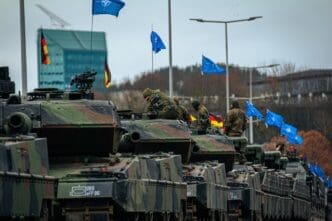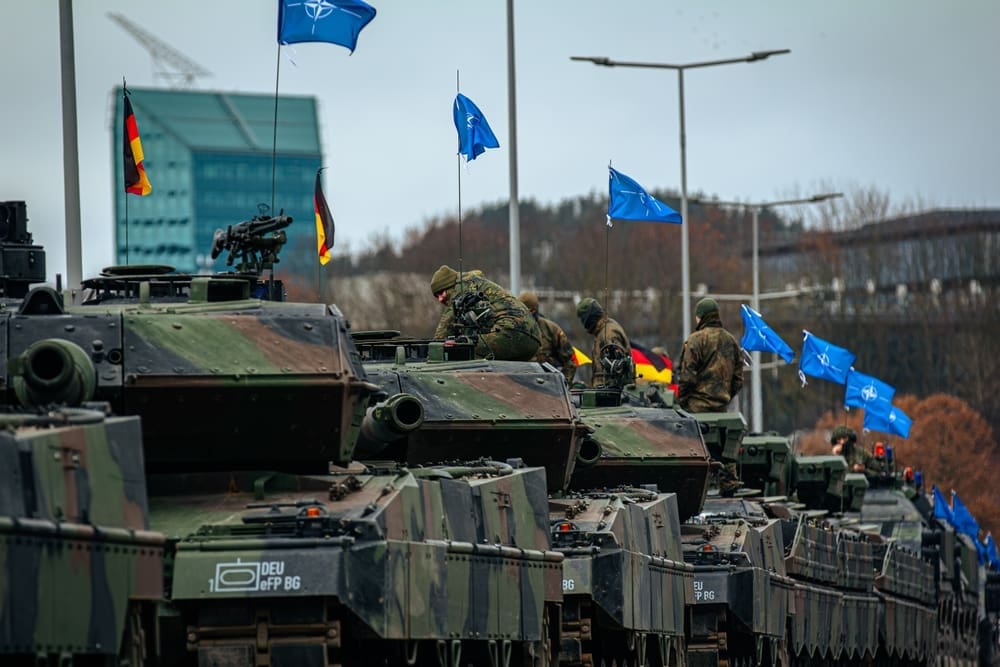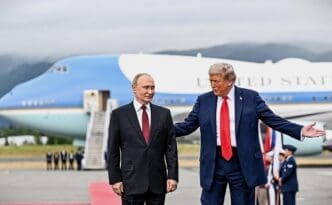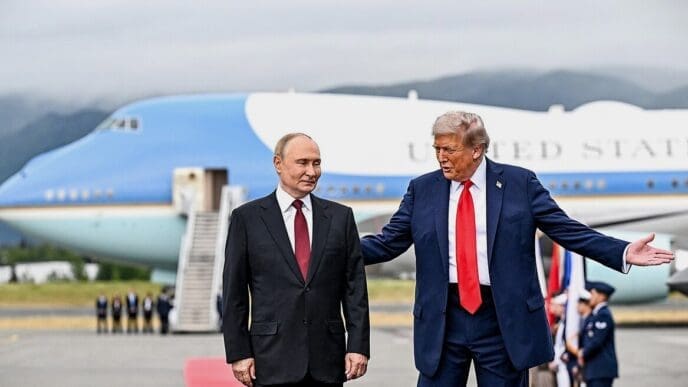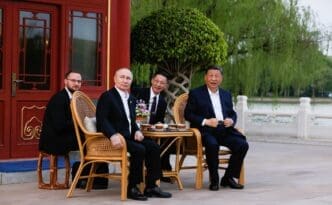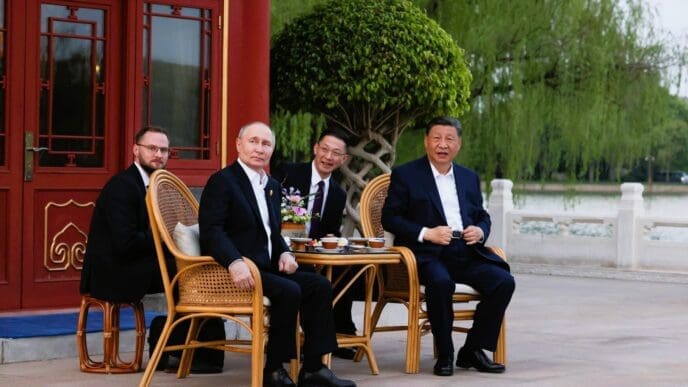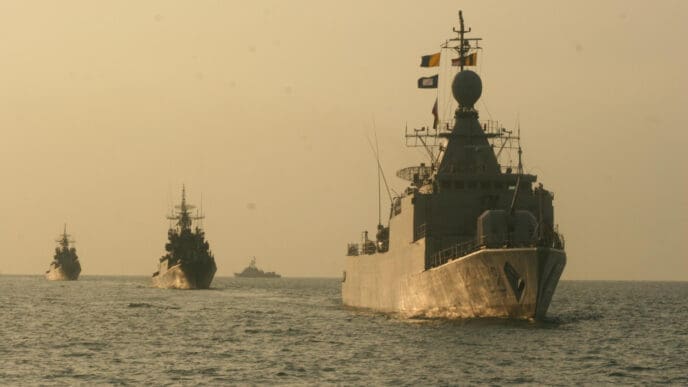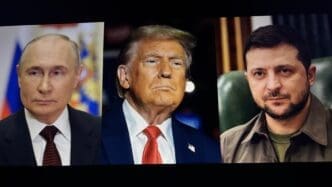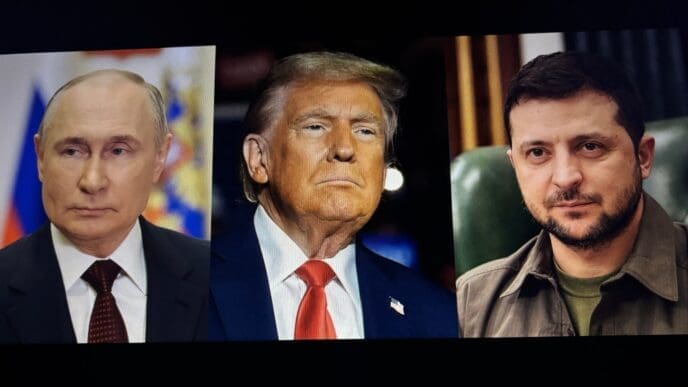NATO’s Secretary General Mark Rutte and Japan’s Prime Minister Shigeru Ishiba have committed to strengthening military collaboration, emphasizing the urgency to address increasing threats from China, North Korea, and Russia. Japan, which has been enhancing defense partnerships with the United States and other allies in the Indo-Pacific, is also seeking closer ties with NATO, wary that Russia’s extensive invasion of Ukraine might encourage China’s assertive actions in the region.
During a press conference, Ishiba highlighted the benefits of a stronger NATO for Japan. Rutte’s visit to Japan marks his first since assuming the role of NATO Secretary General. A joint statement following their discussions reveals a mutual commitment to fortifying defense industrial cooperation, with a focus on developing dual-use and advanced technologies and improving standardization.
The leaders agreed to enhance collaboration in cyber defense and space, alongside conducting joint military exercises. Discussions also included the use of drones and artificial intelligence. Additionally, Ishiba and Rutte expressed strong condemnation of the growing military alliance between North Korea and Russia, particularly criticizing Moscow’s deployment of North Korean missiles and troops in Ukraine. They also voiced concerns over China’s support for Russia’s industrial capabilities.
Rutte remarked on Russia’s ongoing aggression against Ukraine and its ambitions to reshape European security dynamics. Both leaders advocated for maintaining a free and open Indo-Pacific, opposing any unilateral efforts to alter the status quo by force in the East and South China Seas. They urged Beijing to increase transparency in its military activities and to engage in arms control, underscoring the importance of peace and stability across the Taiwan Strait.
The NATO Secretary General highlighted China’s significant military buildup and its pursuit of control over key technologies, critical infrastructure, and supply chains, noting its destabilizing activities in the Indo-Pacific. Rutte commended Japan for its support of Ukraine in the conflict with Russia and welcomed Tokyo’s willingness to join a NATO initiative to aid Ukraine, as indicated by Japan’s Defense Minister Gen Nakatani.
The NATO Security Assistance and Training for Ukraine (NSATU) command operates from a US military base in Wiesbaden, Germany. Rutte emphasized that NSATU aims to assist Ukraine in its current defense efforts and in building its future military capabilities. While details of Japan’s involvement are still under discussion, the Japanese Self Defense Force is not expected to engage in combat roles, in accordance with the country’s post-war pacifist principles enshrined in its domestic laws.
Understanding the Impact
- The enhancement of NATO-Japan military ties could lead to increased security and stability in the Indo-Pacific region, affecting regional defense strategies and alliances.
- Japan’s involvement in NATO’s initiative to support Ukraine could strengthen international efforts against aggression, potentially influencing global diplomatic relations.
- Advancements in defense technologies through cooperation may spur innovation and economic opportunities within the defense industry.
- Increased focus on cyber defense and space collaboration may lead to heightened security measures and technological advancements in these domains.
- Japan’s adherence to its pacifist principles while engaging in international defense initiatives may set a precedent for balancing national policies with global security contributions.

